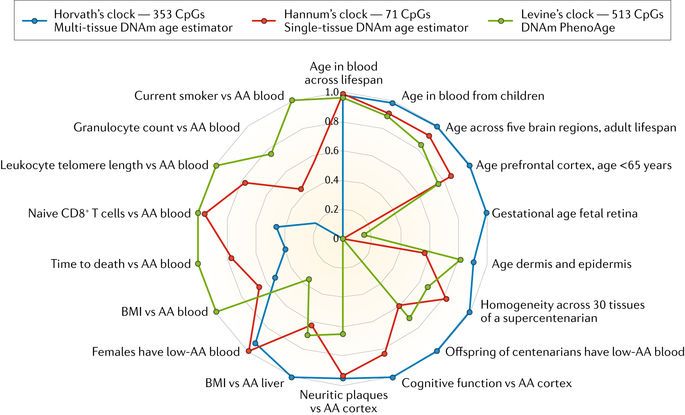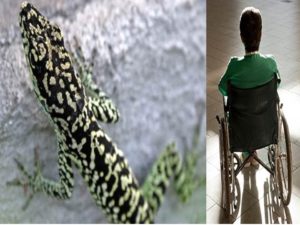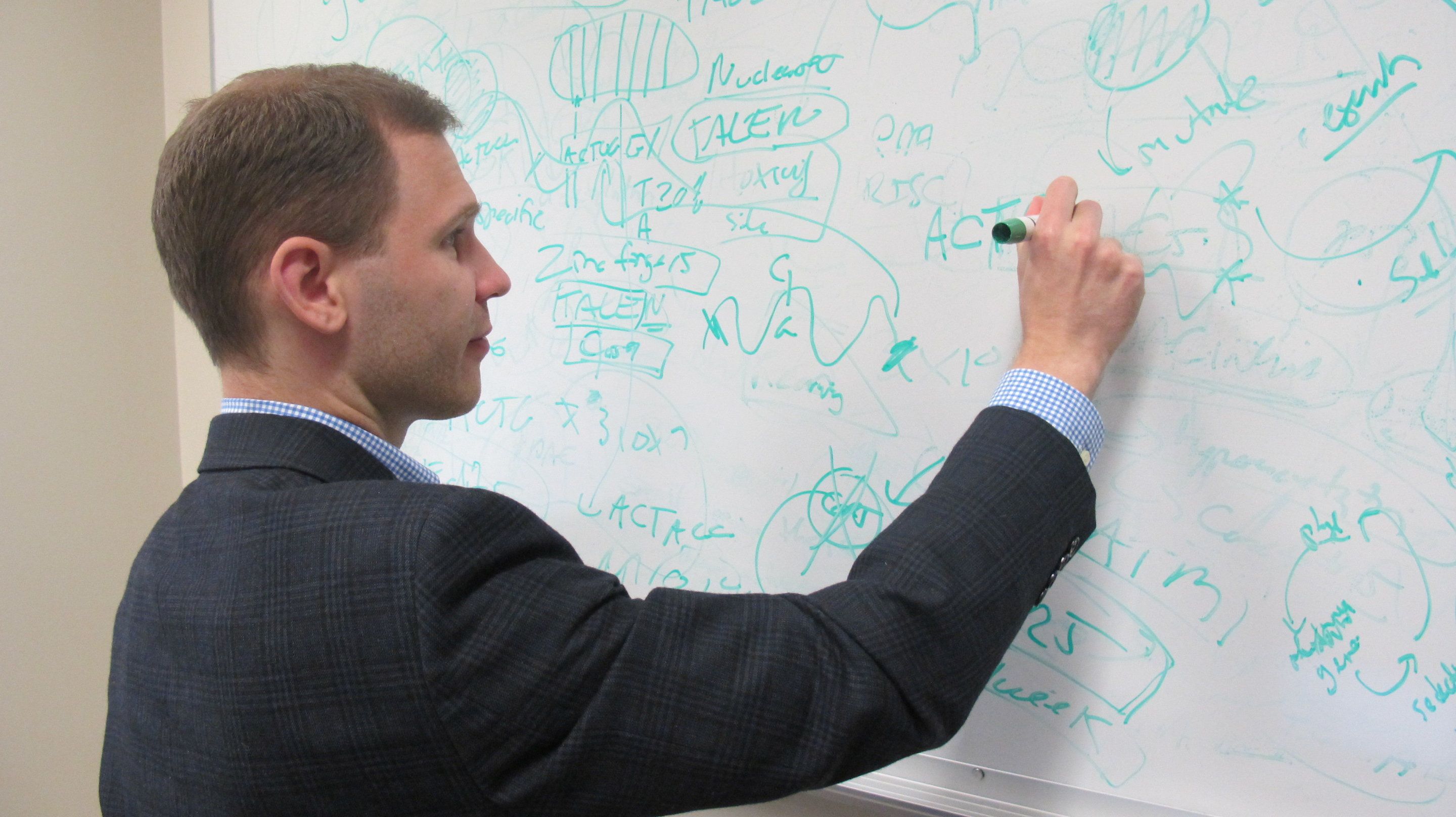
Category: genetics – Page 519

PERFECT Official Trailer (2018) Abbie Cornish Sci-Fi Movie HD
Follow us on Twitter ▶ https://goo.gl/8m1wbv
A young man with a violent past enters a mysterious clinic where the patients wildly transform their bodies and minds using genetic engineering.
© 2018



Man’s second face transplant is a world first
A man in Paris has become the world’s first to successfully receive two facial transplants.
Jérôme Hamon, 43, underwent his first face transplantation procedure in 2010 to treat neurofibromatosis, a genetic disorder characterized by the growth of tumors along nerves in the skin, brain and other parts of the body. Yet Hamon’s body rejected the original transplant.
In January, a team of surgeons and paramedics at Georges Pompidou European Hospital AP-HP, led by surgeon Dr. Laurent Lantieri, performed Hamon’s second transplant.



CRISPR plants won’t be regulated
In a big win for the biotech industry, the US Department of Agriculture says once and for all it won’t regulate plants whose genomes have been altered using gene-editing technology.
Why it’s a field day: The decision means that we could see a boom in newfangled plants from firms like Monsanto, universities, and startups like Calyxt, whose oil-altered soybeans featured in our cover story late last year.
Here’s the logic: The USDA says gene editing is just a (much) faster form of breeding. So long as a genetic alteration could have been bred into a plant, it won’t be regulated. That includes changes that create immunity to disease or natural resistance to crop chemicals, as well as edits to make seeds bigger and heavier. It doesn’t include transgenic plants (those with a gene from a distant species)—those will still be regulated.


Breakthrough brings gene-editing medicine one step closer to patient applications
Imagine a future where a guided biomachine put into your body seeks out defective gene sequences in each cell and edits in the correct information with precision accuracy.
It’s called gene editing, and University of Alberta researchers have just published a game-changing study that promises to bring the technology much closer to therapeutic reality.
“We’ve discovered a way to greatly improve the accuracy of gene-editing technology by replacing the natural guide molecule it uses with a synthetic one called a bridged nucleic acid, or BNA,” said Basil Hubbard, Canada Research Chair in Molecular Therapeutics and an assistant professor in the U of A’s Department of Pharmacology, who led the study.